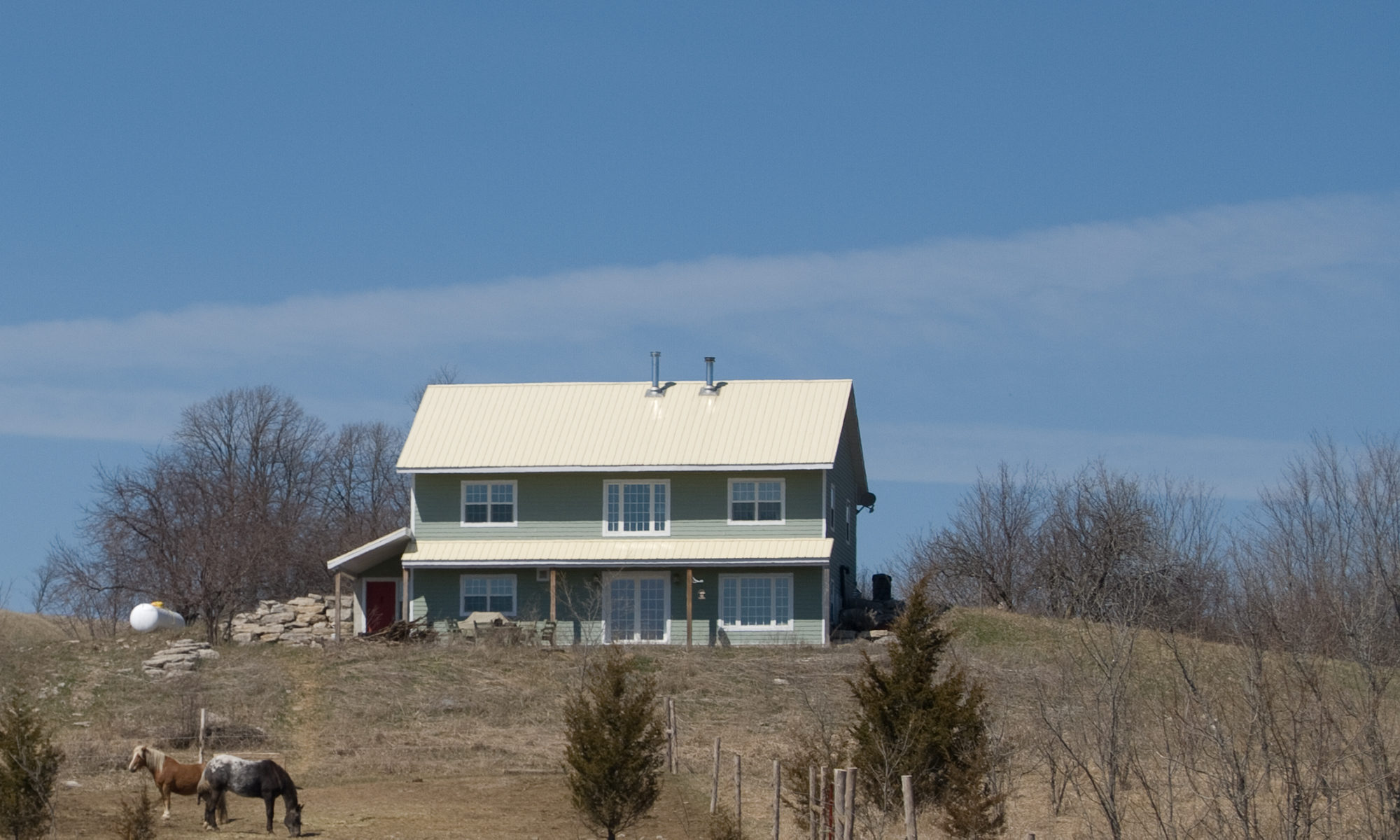A tankless hot water heater will save you 10-20 percent on your heating bill and give you a virtually endless supply of hot water. This is possible because the tankless hot water heaters only heat the water when it is needed. A normal tank based hot water heater will keep a set amount of water at the requested temperature at all times whether it is being used or not, so when you are not using hot water, say at night, the tank is still keeping the water hot. Since heat always travels from hot to cold, the tank will radiate some heat into the air surrounding it, causing what are called standby losses. Since the tankless hot water heaters only heat water when it is needed the standby losses are eliminated.
The tankless hot water heaters also use less fuel to heat the water. A conventional gas fired hot water heater will have an efficiency of about 60%, meaning that 60% of the heat from burning the gas will be used to heat the water, the rest of the heat is lost up the chimney. For a tankless hot water heater the efficiency is usually about 80-85%, meaning at least 20% more of the heat generated goes into the water and is not lost up the chimney.
On the downside, since the tankless hot water heater has no stored hot water, when you turn on the tap, it will take about 10 seconds longer for the system to kick in and get up to temperature than a conventional hot water heater. This can result in more water use as you wait for the water to heat up. If you are on a marginal well this should be a consideration. On the other hand the water that is used while waiting for it to heat up can be captured in a bucket and used for other things such as watering the garden. The other disadvantage is that if you have hard water, there is more maintenance involved. The tankless hot water heater works by having a the water flow through a series of small pipes that go back and forth over a burner. In a hard water area these small pipes will build up scale and if left untreated will eventually plug up the heater. To avoid this you have to flush the system with a weak acid solution to dissolve the scale. There are kits available that have a pump and an acid solution and when installed, you need to put in some extra valves and connectors to allow you to connect to the unit. I flush my unit twice a year, once in the spring and once in the fall.
Another advantage of the tankless hot water heaters is the size. The unit I have (Takagi TKD20) is only about 20.5″x14″x8.5″ and hangs on the wall out of the way. In my house the same unit is used for both domestic hot water and for generating hot water for theinfloor heating. This saves a lot of room in the utility room, as there is not tank and no furnace. The unit I have can generate about 7 gallons of hot water per minute, so with low flow fixtures, you could have two people using hot water at the same time and still not run out.
